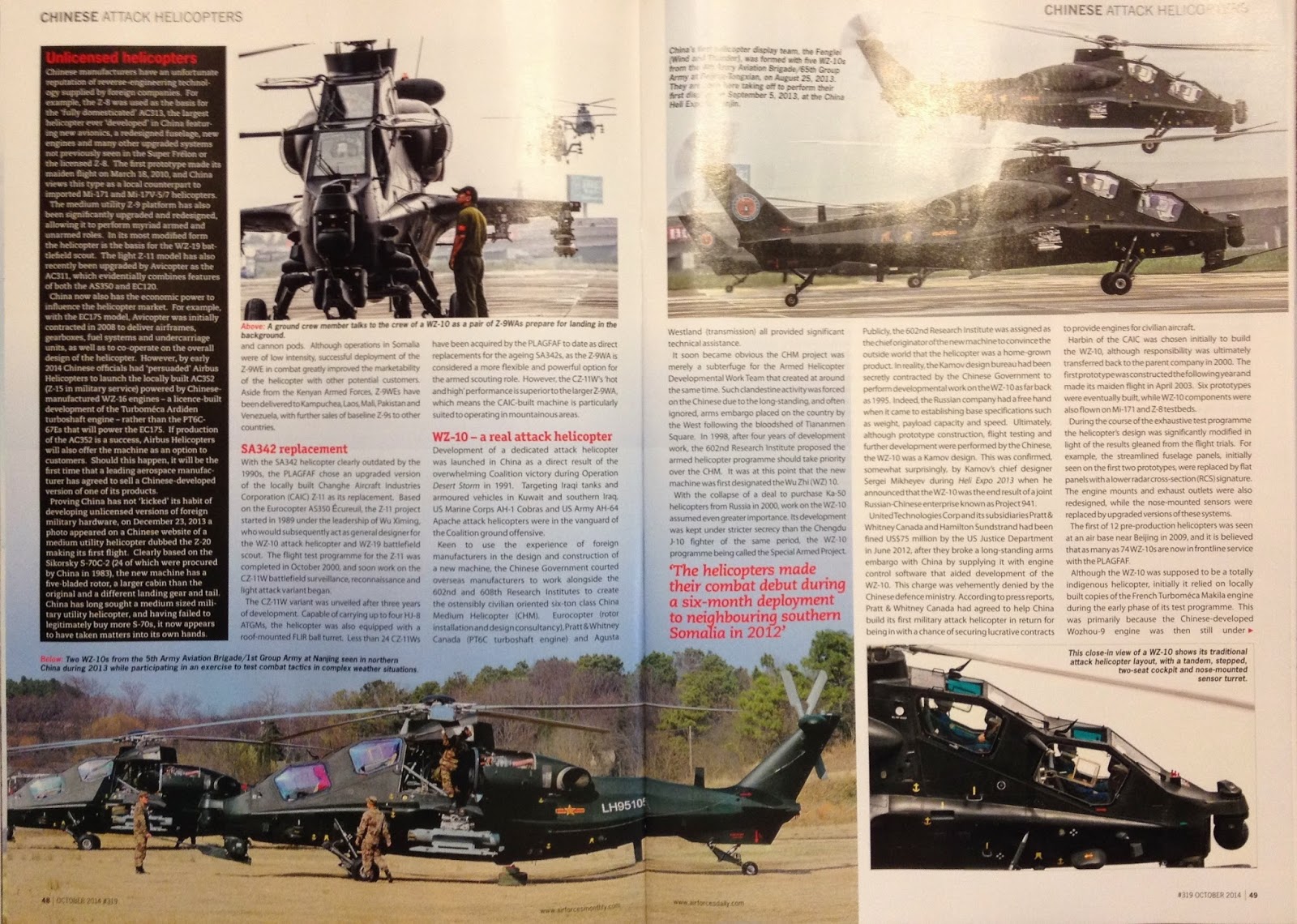A Chinese company has developed the country's first homegrown servers, built entirely out of domestic technologies including a processor from local chip maker Loongson Technology.
China's Dawning Information Industry, also known as Sugon, has developed a series of four servers using the Loongson 3B processor, the country's state-run Xinhua News Agency reported Thursday.
"Servers are crucial applications in a country's politics, economy, and information security. We must fully master all these technologies," Dawning's vice president Sha Chaoqun was quoted as saying.
The servers, including their operating systems, have all been developed from Chinese technology. The Loongson 3B processor inside them has eight cores made with a total of 1.1 billion transistors built using a 28-nanometer production process.
The Xinhua report quoted Li Guojie, a top computing researcher in the country, as saying the new servers would ensure that the security around China's military, financial and energy sectors would no longer be in foreign control.
Dawning was contacted on Friday, but an employee declined to offer more specifics about the servers. "We don't want to promote this product in the U.S. media," she said. "It involves propriety intellectual property rights, and Chinese government organizations."
News of the servers has just been among the ongoing developments in China for the country to build up its own homegrown technology. Work is being done on local mobile operating systems, supercomputing, and in chip making, with much of it government-backed. Earlier this year, China outlined a plan to make the country into a major player in the semiconductor industry.
But it also comes at a time when cyber security has become a major concern for the Chinese government, following revelations about the U.S. government's own secret surveillance programs. "Without cyber security there is no national security," declared China's Xi Jinping in March, as he announced plans to turn the country into an "Internet power."
China's Dawning Information Industry, also known as Sugon, has developed a series of four servers using the Loongson 3B processor, the country's state-run Xinhua News Agency reported Thursday.
"Servers are crucial applications in a country's politics, economy, and information security. We must fully master all these technologies," Dawning's vice president Sha Chaoqun was quoted as saying.
The servers, including their operating systems, have all been developed from Chinese technology. The Loongson 3B processor inside them has eight cores made with a total of 1.1 billion transistors built using a 28-nanometer production process.
The Xinhua report quoted Li Guojie, a top computing researcher in the country, as saying the new servers would ensure that the security around China's military, financial and energy sectors would no longer be in foreign control.
Dawning was contacted on Friday, but an employee declined to offer more specifics about the servers. "We don't want to promote this product in the U.S. media," she said. "It involves propriety intellectual property rights, and Chinese government organizations."
News of the servers has just been among the ongoing developments in China for the country to build up its own homegrown technology. Work is being done on local mobile operating systems, supercomputing, and in chip making, with much of it government-backed. Earlier this year, China outlined a plan to make the country into a major player in the semiconductor industry.
But it also comes at a time when cyber security has become a major concern for the Chinese government, following revelations about the U.S. government's own secret surveillance programs. "Without cyber security there is no national security," declared China's Xi Jinping in March, as he announced plans to turn the country into an "Internet power."








.jpg)




